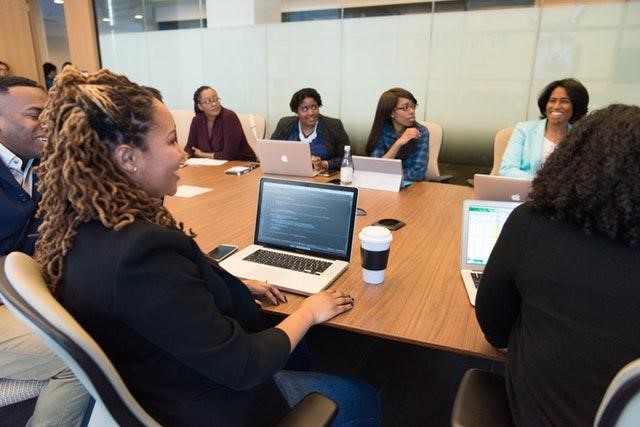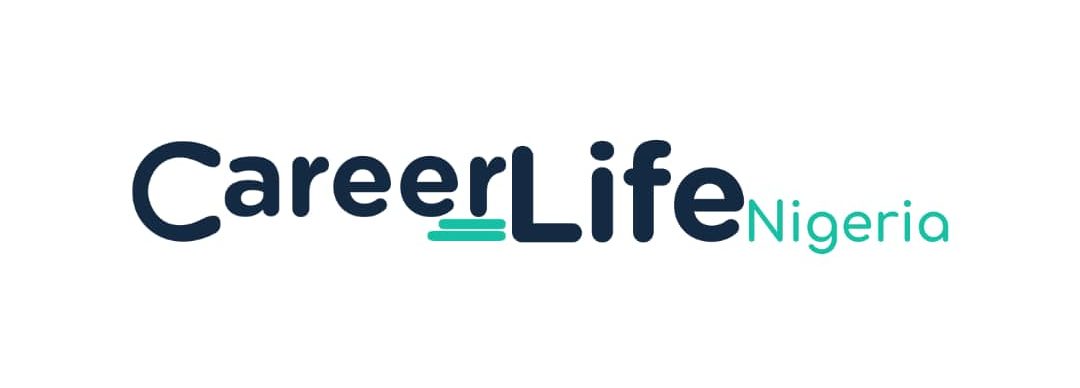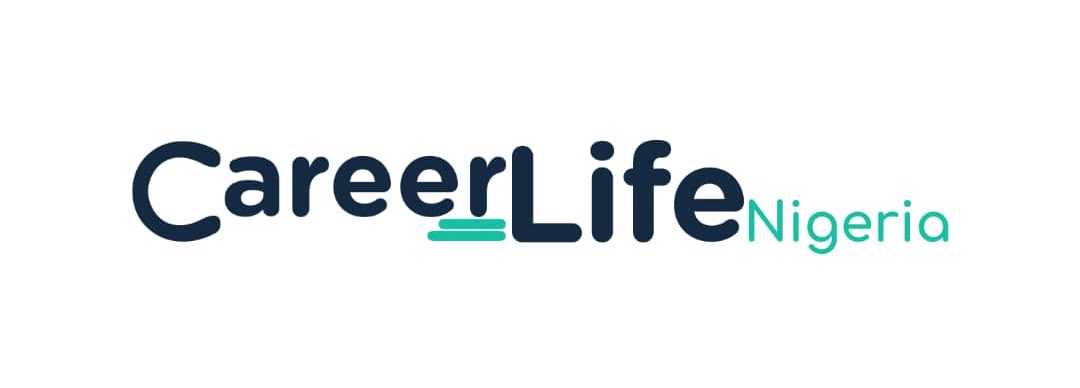Theophania Agbonaye: How HR Professionals can reduce the Talent Management Gap

Dear Human Resource Professionals,
I want you to give yourselves a round of applause. As professionals in Human Capital Development, you carry out the tough task of acquiring and developing competent employees in an organization. You have honed the art of bringing the mission, vision, and values of an organization to life through the skills, talents, and know-how of committed employees. For that, I must say that you are highly commendable.
Quite frankly, Talent management is not a walk in the park. It is a series of processes that aim at fetching the best candidates for fruitful results. They say that the most constant thing in life is change. Well, that applies to the business space. As the commercial world is dynamic, employees have to keep up with the changes. However, the volatility might be too high to catch up with and the pool of talents and human resources might not be instrumental for the enterprise to gain competitive advantage. Now that’s what we call Talent Gap.
Talent Gap refers to the lack of skilled personnel in an organization. Every organization occasionally faces the crucial issue of Talent Gap. The HR department makes a discretionary effort to fill this gap through various methods.
So let’s go practical. What can you do, as an HR practitioner, do to reduce the talent gap?
- Reinforce Shared Values
It’s not sufficient to just have a job. An employee should be able to understand the fact that his/ her productivity is connected with organizational values. It’s not enough to assign job tasks. The HR department can assist the employees to understand why completing a task successfully is significant.
- Emphasize the virtue of learning
While accomplishing business goals is cardinal, comprehending the importance of learning is equally essential. Flip the other side of the coin and ask ”What does the employee want? How does he believe that the talent gap should be filled?” When someone completes the task, celebrate both the outcome and the learning, especially if the assignment wasn’t completed easily.
- Act as a Role Model
You can openly express your need as a personnel manager to develop skills and wherewithals necessary for your profession. Leaders are naturally followed when they are shown to be learning
- Present Business Problems as Opportunities
Guide your employees to see corporate setbacks as opportunities to develop their skills and hone their talents for future performance. When workers can detect the causes and stresses inherent in the problems, this can be instrumental to both the organization and the employees
- Incorporate Talent Development in the Organizational Culture
Organizational Culture is concerned with the norms, ethics, and values that govern the citizenship of the employees. It’s pertinent that the culture should nurture and show that it values growth and development of talent.
So in a nutshell, does Talent gap occur? Yes. Can you overcome it? Absolutely yes. So when you detect a great contrast between the human capital and the business strategies, be rest assured that the aforementioned strategies will work for the betterment of the organization and its employees.
About the writer:
Theophania Agbonaye is a graduate of Business Administration and she currently is specializing on Human Resource Management. She is passionate about talent acquisition and learning and development. She is skilled content writer and blogger and owns her own voice in the Human Resource Management space.





